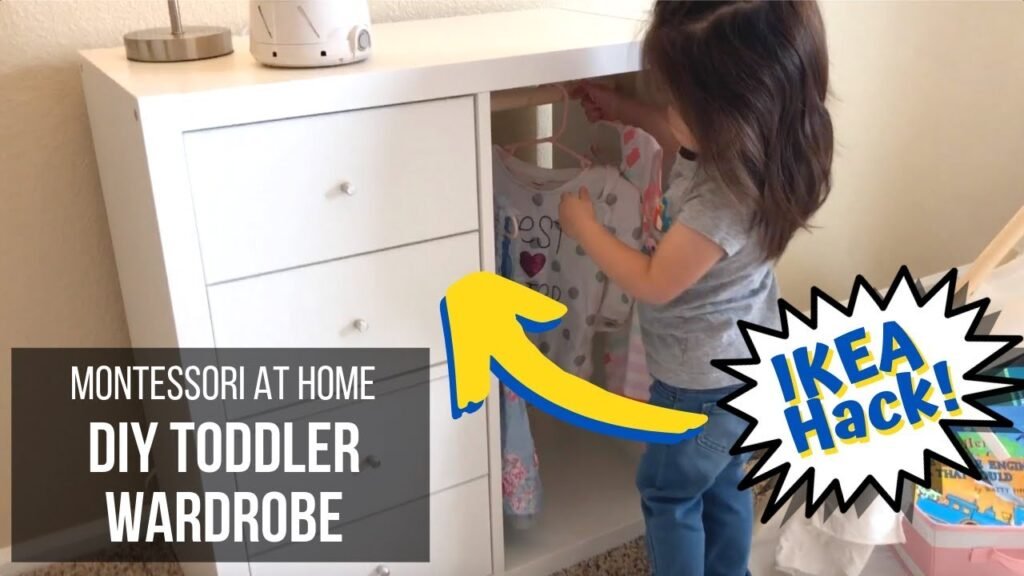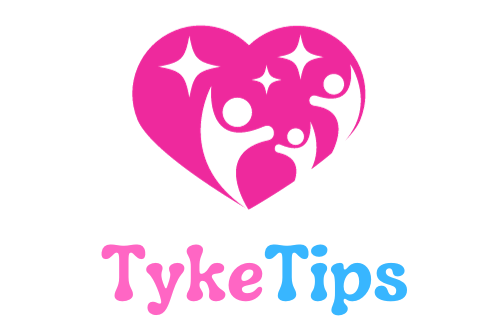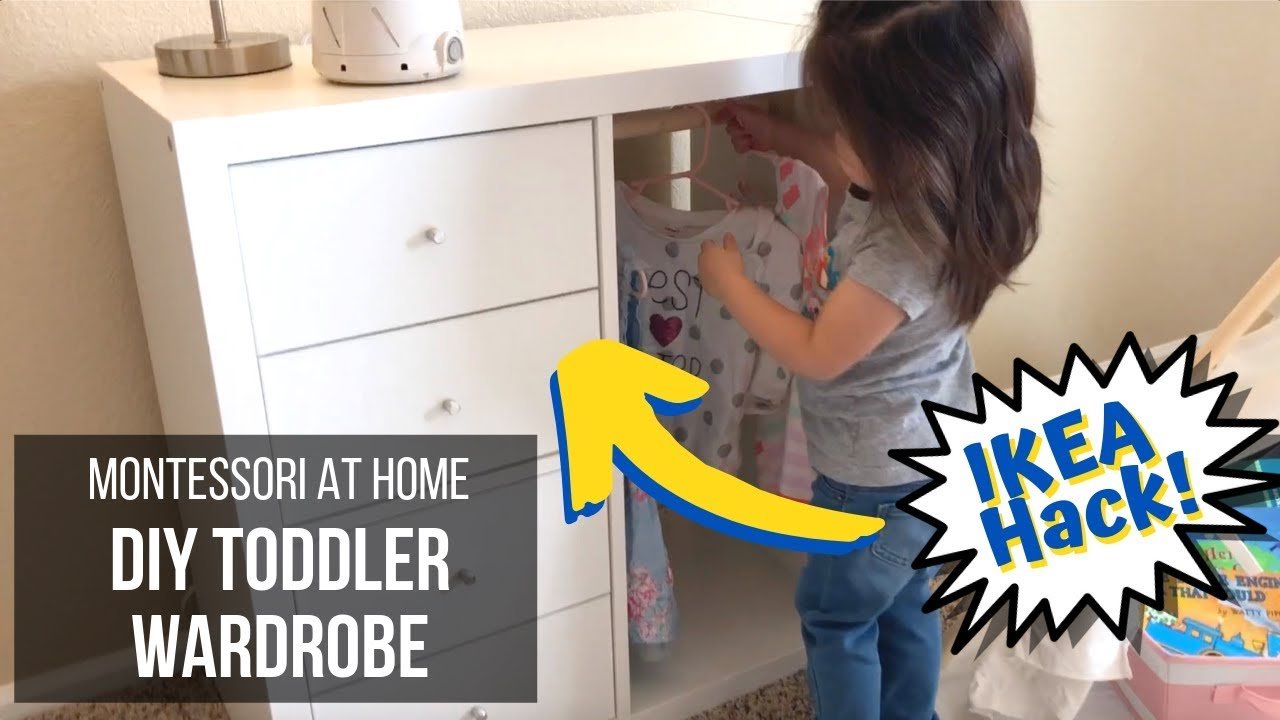You can easily create a Montessori-inspired wardrobe for your toddler with the help of this quick and easy tutorial from Hapa Family. Simply gather the required materials and tools, follow the step-by-step instructions, and you’ll have a perfect wardrobe for your little one in no time. This project not only allows you to customize the wardrobe to your liking but also promotes independence and organization skills in your toddler.
By making this DIY Montessori wardrobe, you provide your child with a functional and beautiful piece of furniture that fosters their development. With simple materials and tools, along with clear instructions, you can create a special space for your toddler’s clothing that reflects the Montessori philosophy of independence and learning through hands-on experiences. So roll up your sleeves, get creative, and embark on this fun project that will benefit both you and your little one.

Materials Needed
To build a DIY Montessori wardrobe for toddlers, you will need the following materials:
1″ diameter wooden dowel (minimum 14 inches in length)
0.75″ x 2.5″ hobby board (minimum 6 inches in length)
Self-tapping screws (#8-10×1 thread)
Wood glue
Once you have all these materials on hand, you are ready to start creating your toddler’s wardrobe.
Tools Required
To successfully assemble the Montessori wardrobe, make sure you have the following tools available:
Phillips Head Screwdriver
Drill
1/8″ drill bit
1″ Forstner drill bit
Miter saw
Hacksaw
T-square
Ruler
Pencil
Having the proper tools will ensure that the assembly process goes smoothly.
Preparation Steps
Before putting together the Montessori wardrobe, you need to follow these preparation steps:
Measure and mark the wooden dowel for the desired length.
Cut the wooden dowel to size using a hacksaw or miter saw.
Drill holes in the hobby board for the dowel to fit through.
Attach the dowel to the board using screws and wood glue.
By carefully completing these preparation steps, you will set a solid foundation for the assembly process.
Assembly Instructions
When assembling the Montessori wardrobe, be sure to follow these instructions:
Secure the dowel onto the hobby board using screws.
Ensure the wardrobe structure is stable and secure.
Test the wardrobe to make sure it can hold toddler clothing.
By following these assembly instructions, you will create a sturdy and reliable wardrobe for your toddler.
Decorating Options
To personalize and enhance the Montessori wardrobe, consider these decorating options:
Paint the wardrobe in a color of your choice.
Add decorative knobs or hooks for hanging items.
Personalize the wardrobe with your child’s name or favorite motifs.
These decorating options will not only make the wardrobe visually appealing but also add a personal touch to the space.
Safety Measures
Safety should always be a top priority when building furniture for toddlers. Follow these safety measures:
Round off any sharp edges or corners.
Ensure the wardrobe is securely anchored to the wall to prevent tipping.
Use non-toxic paints and materials for the wardrobe construction.
By implementing these safety measures, you can create a safe environment for your child to interact with the Montessori wardrobe.
Benefits of a Montessori Wardrobe
A Montessori wardrobe offers several benefits for toddlers, including:
Promotes independence and organization skills in toddlers.
Encourages decision-making in choosing outfits.
Teaches responsibility for maintaining a tidy space.
By incorporating a Montessori wardrobe into your child’s room, you can instill valuable life skills from a young age.
Maintenance Tips
To ensure the longevity and functionality of the Montessori wardrobe, follow these maintenance tips:
Regularly check and tighten screws and connections.
Rotate clothing items to ensure equal use and prevent overcrowding.
Involve the toddler in cleaning and organizing their wardrobe.
By maintaining the wardrobe regularly, you can prolong its lifespan and keep it in optimal condition.
Cost-effective Montessori Solutions
For those looking for budget-friendly alternatives, consider these cost-effective Montessori solutions:
Repurpose old furniture into a toddler wardrobe.
Use sustainable materials for an eco-friendly approach.
Create DIY storage solutions for toys and accessories.
These cost-effective solutions not only save money but also promote sustainability and creativity in the home environment.
Conclusion
In conclusion, DIY Montessori wardrobes are a practical and budget-friendly way to implement Montessori principles at home for toddlers. By following simple steps and guidelines, you can create a personalized and child-friendly wardrobe that promotes independence and organization skills in your little one. Get started on building your toddler’s Montessori wardrobe today!

